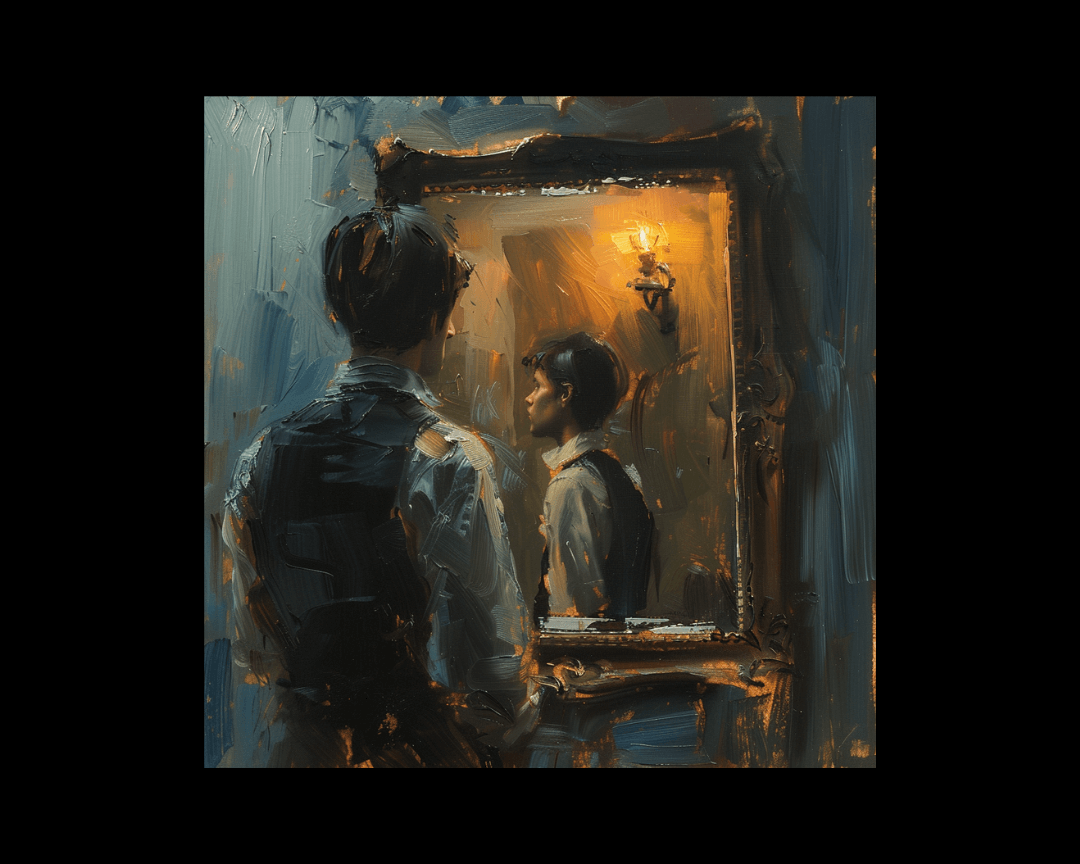What It Takes to Craft a Powerful Main Character
The role of the main characters can make or break a narrative's success. Breathing life into these characters can be fraught with doubts—are they...
3 min read
 Writing Team
:
Sep 1, 2023 3:49:08 PM
Writing Team
:
Sep 1, 2023 3:49:08 PM
.png)
In the world of storytelling, characters take center stage. Whether they're robots, rabbits, or humans, stories are fundamentally about people—or beings that act like them.
When you embark on the journey of crafting a story, you inevitably populate it with characters who bring the narrative to life. In the realm of storytelling, action and actors (those who perform actions) are essentially two sides of the same coin.
One of the most striking distinctions between characters in stories and real-life individuals is the profound sense of purpose that often defines story characters.
Narratives thrive when characters possess strong motivations, clear goals, and powerful needs. In contrast, real-life aspirations and desires tend to meander rather than follow a precise path.
Often, we retroactively impose direction and meaning upon our lives by weaving them into narratives.
Historical figures who exude drive and direction, possibly contributing to their status as historical icons, make for more compelling biographical accounts than those with less pronounced motivations.
Another significant differentiation is that characters in fiction often serve specific narrative functions, while real people live their lives guided by their natural inclinations and personality traits.
A story constitutes a self-contained entity, whereas an individual's life is but a part of a broader whole. We sometimes apply a retrospective narrative framework to an individual's biography, as humans tend to derive satisfaction from perceiving structure and direction in life.
Extracting meaning from a life story is easier when it adheres to a narrative structure, even though constructing such narratives inevitably involves selective choices about events and their presentation. We inject a degree of fiction into the stories we tell about our own lives, whether recounting them to others or ourselves.
In many stories, the spotlight shines primarily on a single protagonist who undergoes transformation and growth throughout the narrative. In fiction, protagonists often emerge wiser at the story's conclusion, having surmounted significant challenges, be they external or internal, such as troubled relationships or spiritual journeys.
To amplify the protagonist's journey, stories often introduce an antagonist, a character who, in essential ways, opposes the protagonist. Consider the contrast between Darth Vader's imposing darkness and Luke Skywalker's inherent lightness.
While not every story requires a traditional villain, antagonism can manifest as a pervasive force rather than emanating solely from a single character. Nevertheless, a strong figure for the protagonist to contend with can enhance audience engagement and comprehension of the protagonist's journey.
In the context of a love story, the character with whom the protagonist falls in love often possesses a distinct personality, fostering conflict and providing the foundation for the story's development.
Additionally, stories may feature another central character—the contrastor—who experiences their own evolution over the course of the narrative. This character goes beyond the role of a mentor, serving as a sounding board, a contrasting reflection, or an influential force for the protagonist. Think of the mother in Richard Linklater's "Boyhood" or Han Solo juxtaposed with Luke Skywalker.
While the solution to the protagonist's central conflict may be embodied by one or more characters, these characters can occupy minor roles or cameos, with varying degrees of presence on the page, stage, or screen. Recall the angel working as a waiter in Fellini's "La Dolce Vita."
From a functional perspective within a story, characters often align with archetypes. In contrast, real individuals rarely conform to such archetypal molds. Historical figures may appear archetypal in retrospect, symbolizing certain qualities, but this characterization is often the result of the narratives constructed around them.
In our own lives, we attribute functions and roles to the people we encounter, seeking explanations for observed outcomes. However, unlike the individuals we encounter in reality, every character in a work of fiction serves a purpose within the narrative, driving the plot forward. Characters lacking a clear function lack justification for their presence in the story.
The art of storytelling lies in making these narrative functions of characters imperceptible to the audience or reader. Characters must feel like real people, naturally aligned with their personalities, even as they fulfill their roles within the story's structure. Achieving this delicate balance is one of the most formidable challenges for any author.

The role of the main characters can make or break a narrative's success. Breathing life into these characters can be fraught with doubts—are they...

The Challenge and the RewardIn storytelling, the protagonist's journey often takes center stage. Readers watch, transfixed, as characters navigate...

In the realm of fiction, conflict reigns supreme. It is the engine that drives the narrative, the spark that ignites the reader's imagination. While...